A Brief History of the Potato & The Tastiest Potato Dishes in Indian Cuisine
By Conchita de Souza
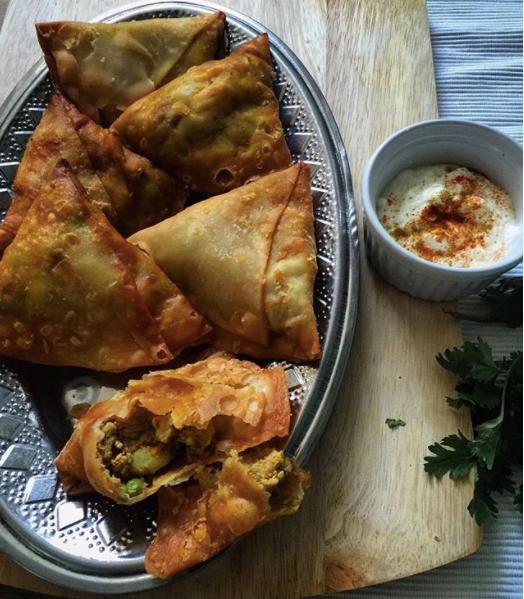
By Conchita de Souza

By Conchita de Souza
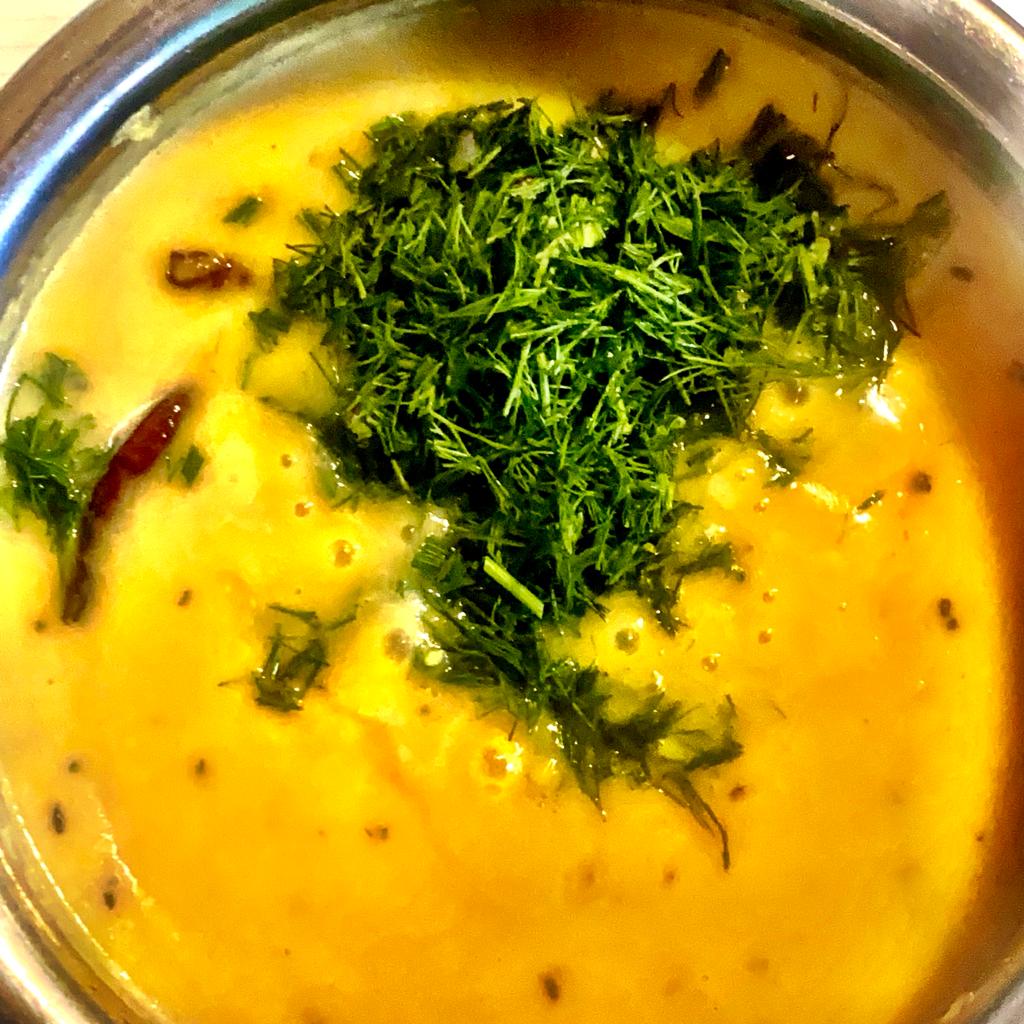
We know that the cuisines of India are defined by the different combinations of spices, some of which are unique to different regions of India, such as panch phoron which is found in eastern parts of India as well as in Nepal and Bangladesh and contains the seed forms of the following spices: cumin, nigella, fennel, black mustard and fenugreek. The realm of spices used extend beyond dried, powdered and whole spices to fresh spices as well, or what we would term as ‘herbs’ in western cuisines.
Today’s post explores the common ‘herbs’ used in Indian cuisines. Whilst herbs are often used as garnishes or in marinades, some of the herbs listed below are used during the tadka or tempering stage of cooking. Fenugreek leaves can be used as the star of the show. Not surprisingly, most, if not all of these herbs possess medicinal qualities, which has not been discussed in depth.





By Conchita de Souza
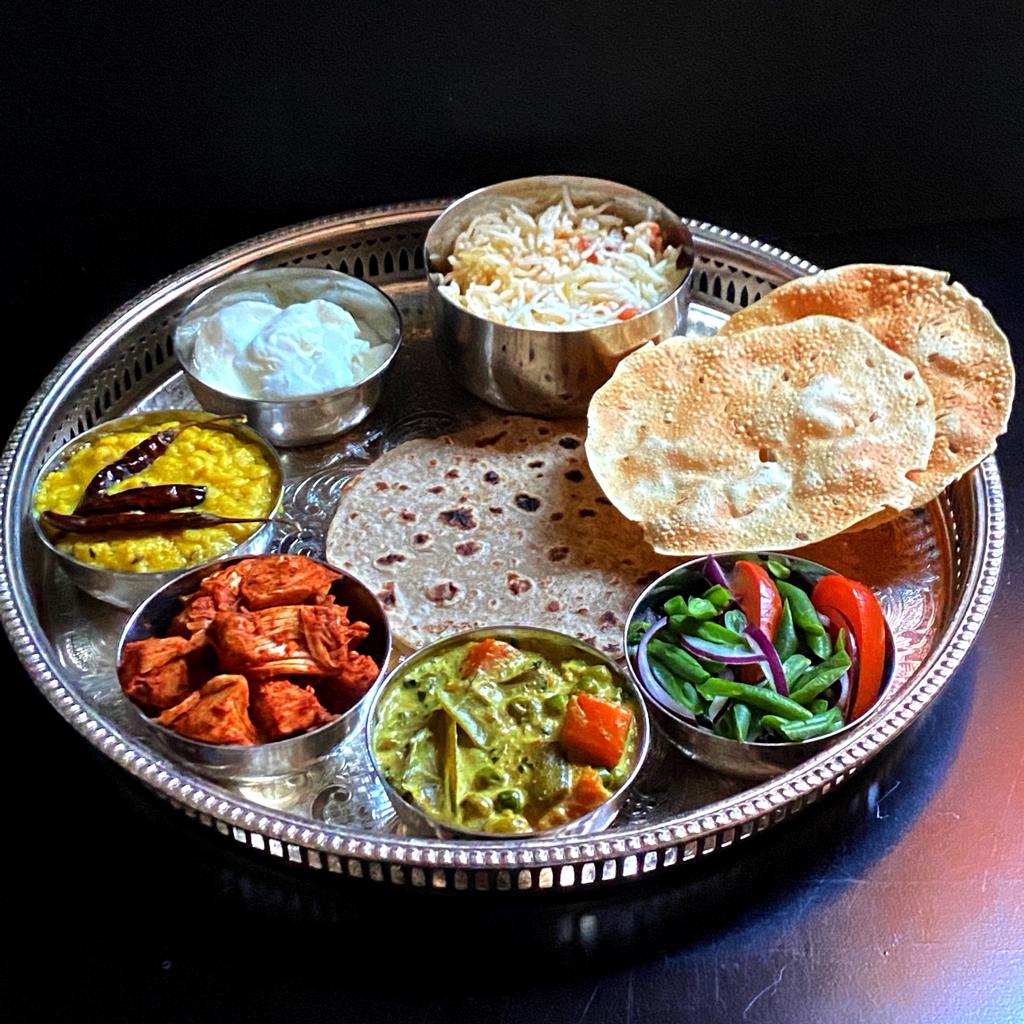
By Conchita de Souza
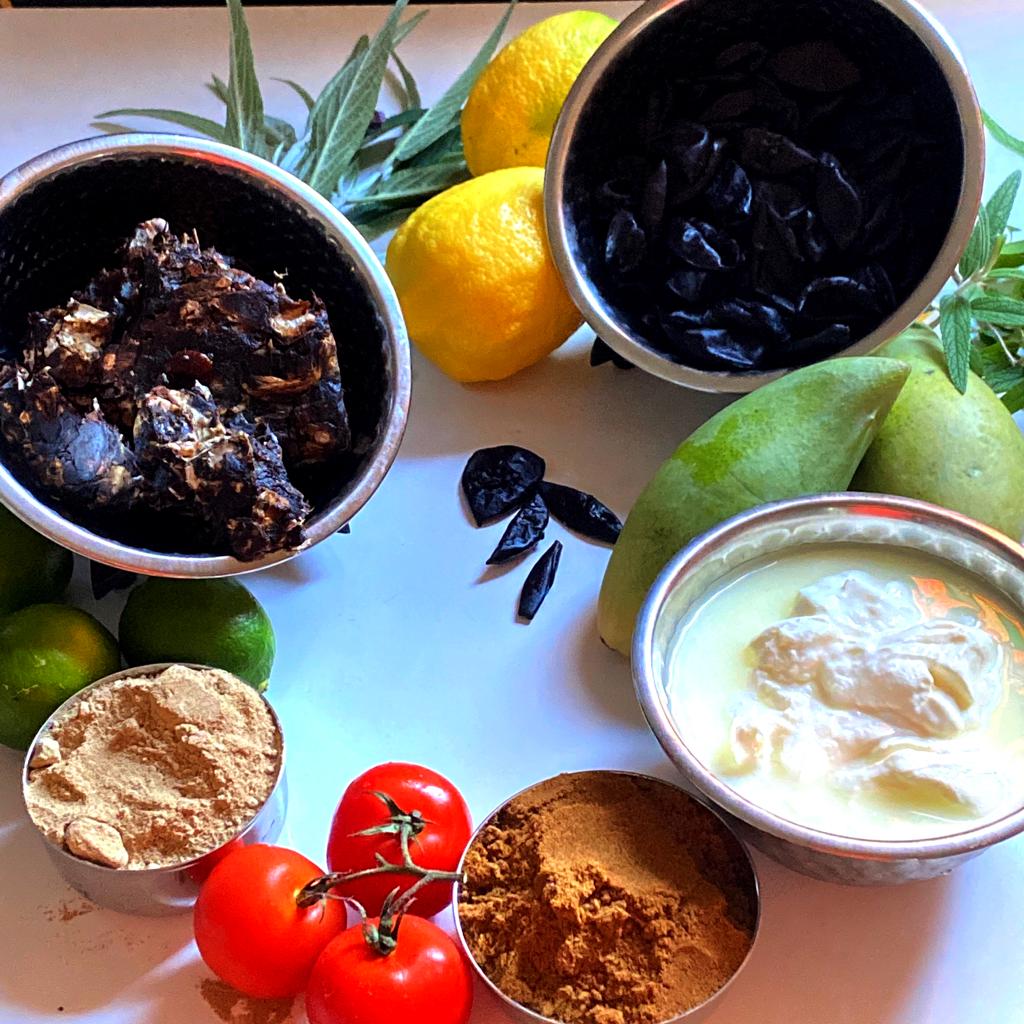
By Conchita de Souza
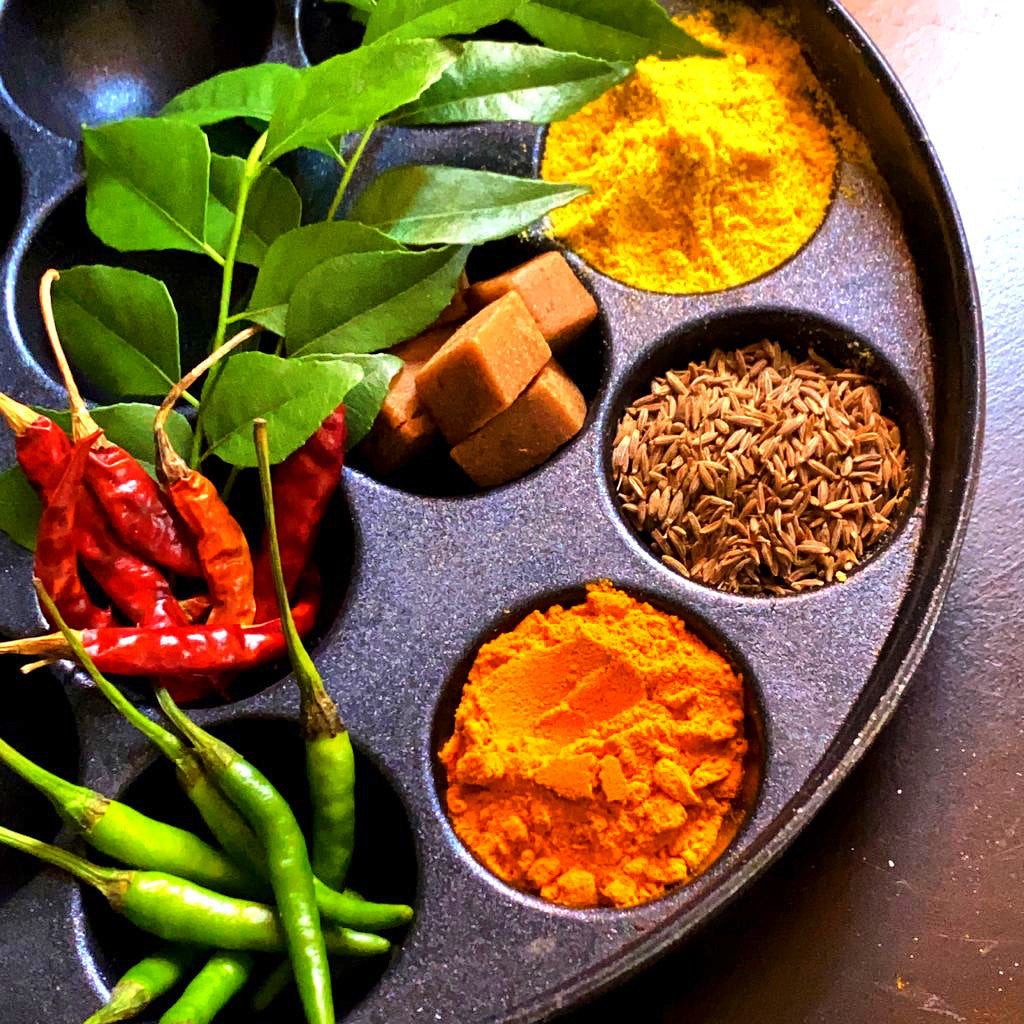
By Conchita de Souza
In Indian cooking, the flavours and aromas are most often attributed to a masala - a combination of spices used.* However, the oil in which the spices are tempered and in which the ingredients are cooked, is often overlooked as a contributing factor to flavour.
Various oils are used in India depending on which part of the country you are from and depending too on the dish that you are preparing.
Below is an overview of the most commonly used oils:
By Conchita de Souza
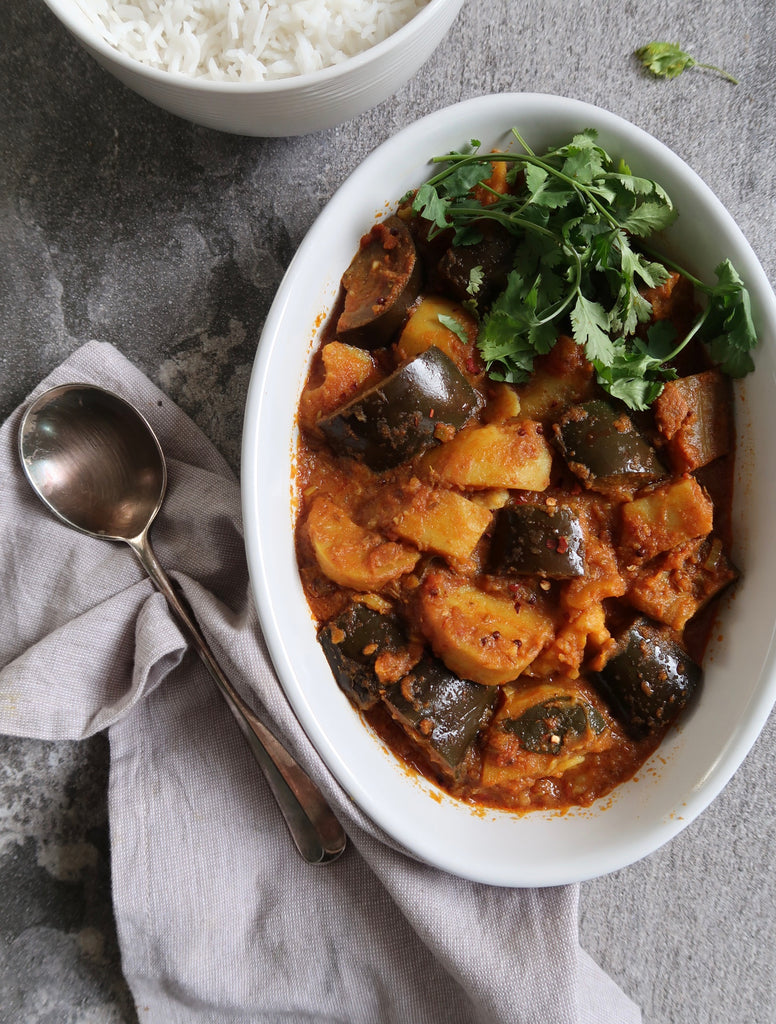
By Conchita de Souza
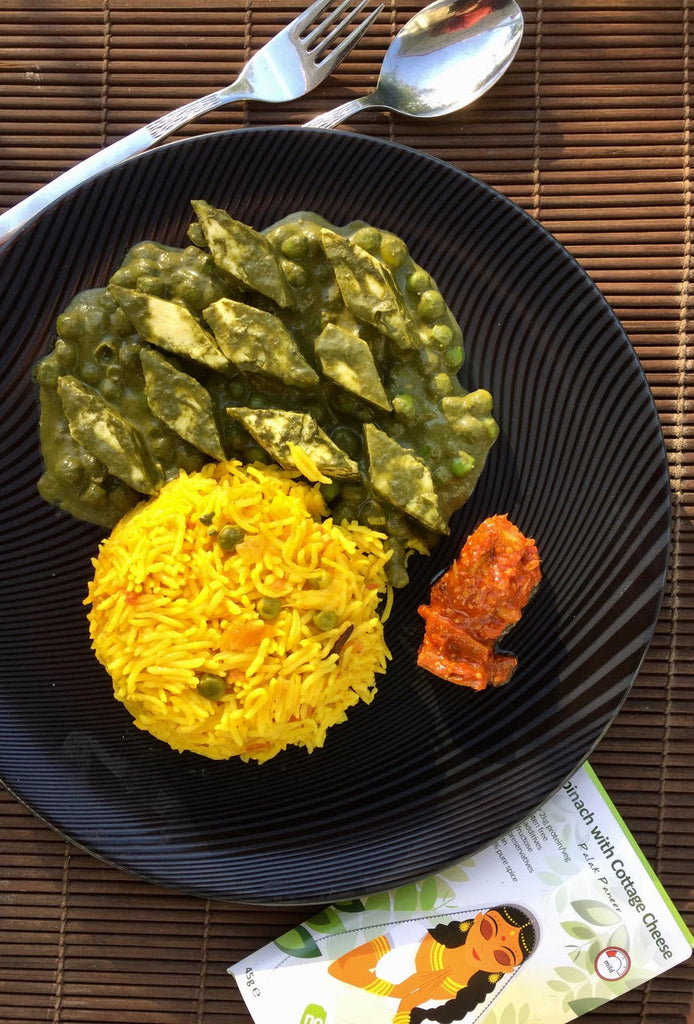
Paneer is an unripened cheese that is made from coagulating milk and lemon juice or vinegar. It is hung in muslin so that the excess liquid (whey) separates from the solids and leaves you with the curds which can then be pressed into blocks.
Thanks to its plain flavour and flexibility in form, paneer can be prepared in numerous ways and is always a favourite ingredient for vegetarians.